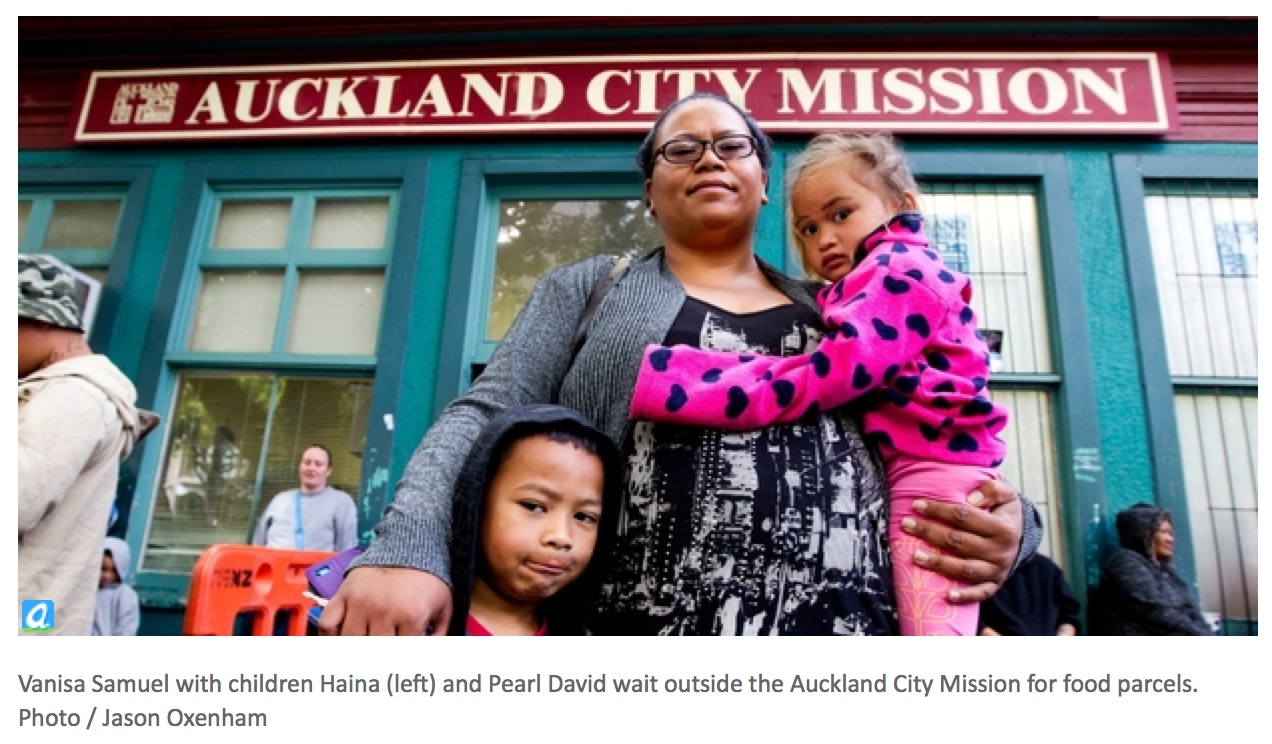The Learning Story Conference has been a stalwart of the Educational Leadership Project since the year 2000. Each year teachers come together from throughout New Zealand and share stories. What is refreshing about this, is that every story is different. And thus, every Learning Story Conference offers new insights, fresh ideas, and stimulating pedagogical discussion.
2015 was no exception. As Wendy Lee enthused, it is, as usual, encouraging and inspiring to see teachers face their fears, and stand up and share their stories, philosophies, successes and challenges with fellow colleagues. At times we saw the nerves, presenters shared their anxieties, as new and experience presenters began their presentations. But what excitement! as these leaders, reached deep, expressed their passions, relaxed and became animated as they began to enjoy the conversations that evolved from their personal and professional shared experiences.
At the end of an incredible conference, Wendy Lee thanked presenters, and encouraged new presenters by quoting “You have to be brave so that others can be brave”. And that is certainly what I witnessed throughout the day.
The Learning Stories shared worked together to clearly represent and encourage learner identity. These are treasured stories that children claim as their own, interacting with their portfolio, and passionately sharing their learning with friends and family. Examples were shared about learning Stories and portfolios connecting children with events through time, and with whanau - clinging onto their books with a deep sense of belonging.
 Margaret Carr brought us back to the essence of the story. When Margaret first researched narrative stories, it was just the beginning of what has become a rich assessment process, not only documenting children’s learning, but developing learner identity and influencing children’s long term image of themselves as competent and confident learners. Margaret reminded us of the element of uncertainty - about what came before and the direction the learning will take - between stories. We were encouraged to continue to embrace the value, and grow the continuity, of learning stories, to celebrate the connections between time, places and relationships.
Margaret Carr brought us back to the essence of the story. When Margaret first researched narrative stories, it was just the beginning of what has become a rich assessment process, not only documenting children’s learning, but developing learner identity and influencing children’s long term image of themselves as competent and confident learners. Margaret reminded us of the element of uncertainty - about what came before and the direction the learning will take - between stories. We were encouraged to continue to embrace the value, and grow the continuity, of learning stories, to celebrate the connections between time, places and relationships.
Wendy Lee explored the development of e-portfolios and challenged us to remain true to the purpose of the learning stories’ socio-cultural perspective, and to remain true to our professionalism. The use of technology within ECE has always been a contentious one, however e-portfolios offer valuable connections. We need to be mindful not to become teach-technicians using quick and easy tech tools, which can distract us from digging deep and expressing what we know. We were encouraged in all manner of learning stories, to reflect and be mindful about how we weave our professional knowledge of assessment, using Te Whāriki into children’s stories of learning, in a way that is relevant and powerful. There is value in both the e-portfolio, and the paper portfolio, and we hugely beneficial to have both!!
I can’t wait for the next Learning Story Conference, and to hear about the tamariki and teachers’ courageous stories of learning.






















